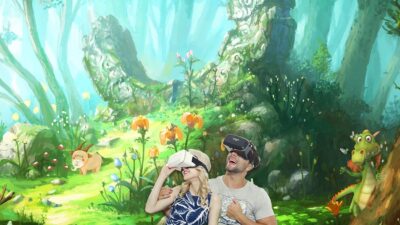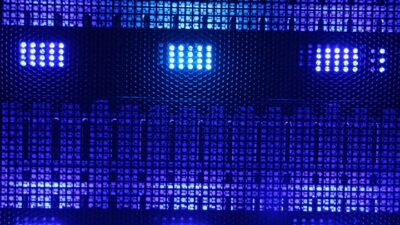In an age where technology evolves at breakneck speed, mixed reality (MR) stands out as a pivotal force reshaping the way we interact with our environment. Bridging the gap between augmented reality (AR) and virtual reality (VR), mixed reality seamlessly integrates digital elements into our physical world. This fusion has the potential not just to enhance our experiences but to revolutionize our everyday lives in ways we are only beginning to understand.
Understanding Mixed Reality
Mixed reality goes beyond traditional screens by enabling users to engage with digital content in a three-dimensional space. Unlike AR, which overlays digital content onto the real world using devices like smartphones, MR uses specialized hardware, such as Microsoft’s HoloLens or Magic Leap, to allow users to manipulate and interact with virtual elements as if they were real. This depth of interaction results in a more immersive and intuitive experience.
Transforming Industries
1. Education
One of the most promising areas for mixed reality applications is education. MR has the potential to make learning more interactive and engaging. For instance, students can explore complex biological processes by visualizing them in 3D or take virtual field trips to historical sites, all from their classrooms. Institutions are already using MR to enable simulations that provide hands-on experience without the risks associated with real-world experimentation.
2. Healthcare
In the healthcare sector, mixed reality is revolutionizing training and patient care. Surgeons can use MR to practice intricate procedures in a risk-free environment, overlaying digital information on a patient’s anatomy during surgery. Additionally, MR can assist in patient education, helping individuals visualize their treatment plans or recovery processes in a more comprehensible manner.
3. Retail
The retail industry is also capitalizing on mixed reality technologies. Imagine being able to try on clothes virtually or visualize how furniture would look in your home before making a purchase. Brands are leveraging MR to create interactive shopping experiences that enhance customer engagement and satisfaction, driving sales through innovation.
4. Real Estate
Mixed reality is transforming how we buy and sell property. Virtual tours enable potential buyers to explore homes remotely, and MR applications allow architects and clients to visualize building designs in real time. This technology not only saves time but also facilitates better decision-making by providing a more accurate representation of spaces.
5. Gaming and Entertainment
The gaming industry has rapidly integrated mixed reality to create immersive experiences that captivate players. With MR, gamers can step into virtual worlds that interact with their physical surroundings, changing the dynamics of gameplay. Furthermore, entertainment events are utilizing MR to provide audiences with interactive experiences, turning conventional formats into dynamic, participatory engagements.
Everyday Applications
Beyond industry-specific uses, mixed reality is infiltrating our daily lives in tangible ways. Navigation apps are starting to incorporate MR to display directions directly onto the road, making them more user-friendly. Home maintenance and DIY enthusiasts are utilizing MR applications to overlay guidance and instructions directly onto the task at hand, enhancing their capabilities and confidence.
Challenges and Future Prospects
Despite its transformative potential, mixed reality comes with challenges. Concerns related to privacy, data security, and the digital divide need to be addressed as we integrate this technology into various facets of life. Furthermore, as hardware becomes more accessible, the importance of user-friendly interfaces will be paramount to encourage widespread adoption.
Looking ahead, mixed reality holds great promise. Advancements in computing power, display technology, and artificial intelligence will likely enhance its capabilities, opening up new applications we cannot yet foresee. As MR continues to develop, it will reshape not just specific industries but also everyday experiences, fundamentally altering how we perceive and interact with the world around us.
Conclusion
Mixed reality is not just a technological phenomenon; it is a revolutionary force shaping the future of human interaction, education, healthcare, entertainment, and more. By transcending traditional screen boundaries, MR is poised to enhance our everyday lives, making them more interconnected and enriched. As we look beyond the screen, we stand on the brink of a new era where the physical and digital worlds converge in ways that were once the realm of science fiction. The future is here, and it is more immersive than ever.



